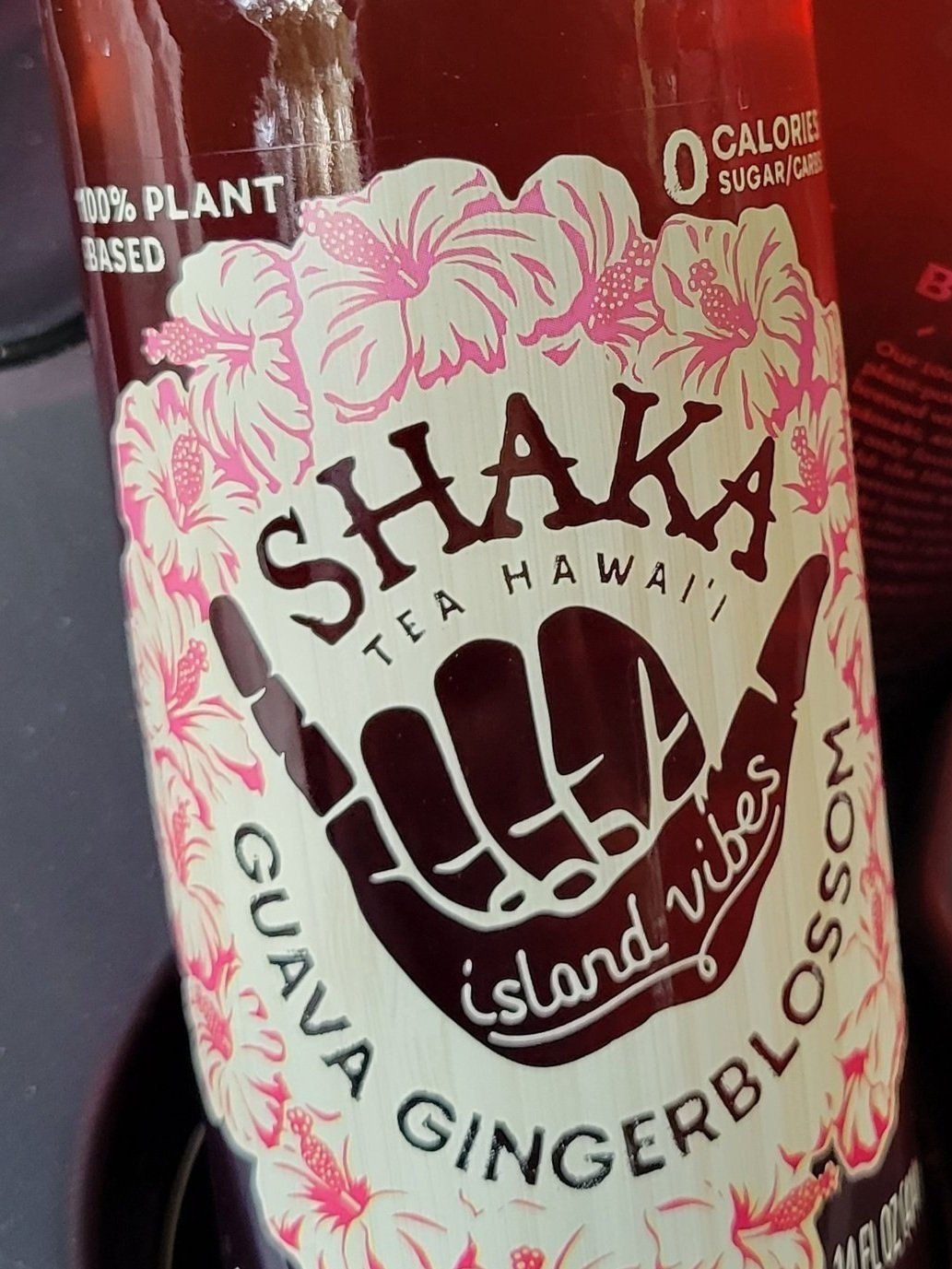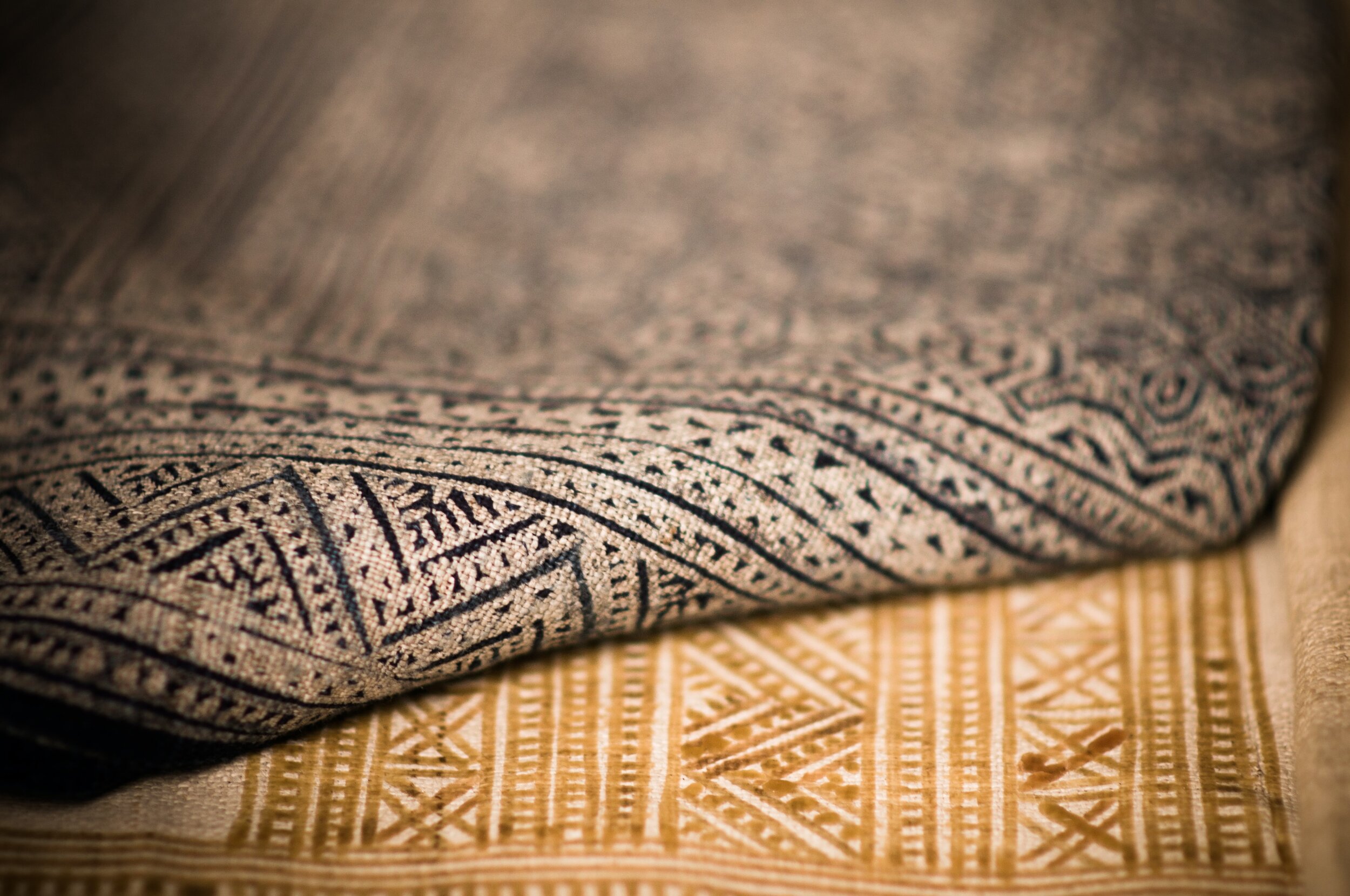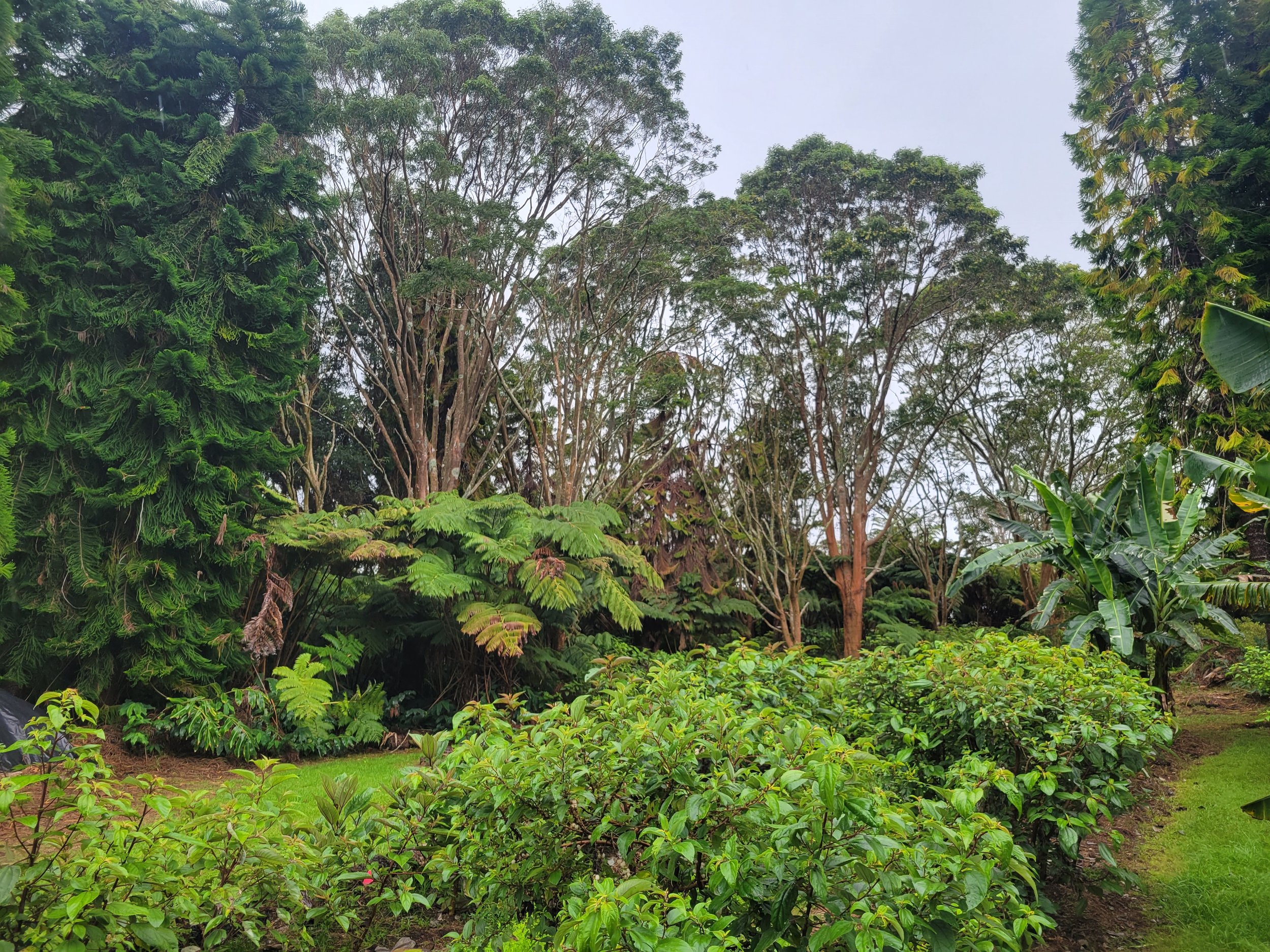mamaki: a unique plant species.
Māmaki is a culturally significant plant native to the Hawaiian Islands. Māmaki leaves are made into tea or used as a medicine for a variety of ailments or as a tonic for listlessness. The bark can be used as a fiber to make kapa.
Māmaki is only found and grown in Hawaii. Its Latin name is Pipturus albidus and it is part of the nettle family, Urticaceae. Māmaki evolved in Hawaii as a stingless variety unlike many nettles also used in herbal medicine, as ecosystems in the Hawaiian Islands evolved without grazing herbivores.
benefits of māmaki.
Māmaki has been revered for centuries by Hawaiians and in traditional Native Hawaiian medicine or lāʻau lapaʻau (traditional healing) as a tonic, a preventative medicine and for treatment or as a medicine.
Māmaki leaves were traditionally used used as a tea for debility or listlessness, and along with mamaki berries, for pre-natal and post-natal care for mothers and infants. More recent benefits have been observed for blood cleansing, liver function, stomach upset, swelling, fatigue, insomnia and depression.
Mamaki, along with kava, ginger and noni, are some of the botanical medicines administered by La’au Lapa’au (traditional Hawaiian medical practitioner), Hawaiian families and increasingly by health & wellness practictioners of all types.
Many contemporary consumers drink mamaki daily as part as a general wellness regime or as a replacement for coffee or carbonated sft drinks.
promotes healthy cardiovascular function
regulates blood pressure and cholesterol levels
lowers stress and fatigue
supports sound sleep
FDA Disclaimer: These statements have not been evaluated by the U.S. Food and Drug Administration. These products are not intended to diagnose, treat, cure, or prevent any diseases.
Forest grown mamaki at HFF
regulates body weight and blood sugar
helps fight disease and cell damage
aids in alleviating fatigue, insomnia
and irritabilitysupports digestion and liver function
Meadow rows of mamaki with hapu’u fern and koa trees behind. (Lower meadow at HFF)
home to pulelehua.
THE KAMEHAMEHA BUTTERFLY
Championing the growth of the māmaki industry enables us to be at the forefront of restoring native ecosystem habitat; māmaki is the host plant for our native and endangered pollinator butterfly, pulelehua, also known as the Kamehameha Butterfly. Learn more about pulelehua by visiting the Pulelehua Project.
Note: This image is an actual unadulterated image taken at Hawaii Forest Farms in January 2021 by enlightened farmhand Mason Plummer. The pulelehua is an elusive creature, especially for photographers, and HFF welcomes additional and improved images from future visitors.
Hawaii Forest Farms has at least seven distinct varieties of mamaki on our 30-acre farm near Volcano Village at 4,000 feet on the big island.
Most of the leaf for tea is grown in the ‘production zone’ or ‘meadow’ areas of the front third of the property in rows or sections between forested areas.
In the middle third or ‘restoration zone’, planting is more spread out along serpentine paths that wind through the forest. This is more representative of a mamaki forest as it would have been in nature before invasive or ‘opportunisitic’ species were introduced. This is ‘forest grown’ mamaki and characterized by mare mature leaves with a bolder more distinguished flavor when brewed.
The back third of the property remains ‘wild’ and unrestored, and is passable only with machete and is plagued with some invasive species, primarily a variety of ornamental ginger and himalayan raspberry, but also feral pigs.
restoring the original forest plants.
Hawaii Forest Farms oldest and tallest mamaki tree bursts forth above the hapu’u canopy. Over 25 feet tall and possibly 40 years old or more, the ‘Mama Mamaki’ dwarfs tour guide and lead educator Jordan Westerholm.
The scenic koa grove one-third of the way into the forest at Hawaii Forest Farms and close to the meeting center.
Acacia koa or commonly known as koa, is a species of flowering tree in the family Fabaceae and like mamaki is endemic to the Hawaiian Islands.
Visitors to the farm can witness the symbiosis of koa and mamaki in the koa grove.
University of Hawaii studies showed antioxidant levels in mamaki leaves higher than that in green tea. More studies, funded in part by Hawaii Forest Farms, are being conducted by the University of Hawaii School of Pharmacology to identify the presence and concentrations of a number of bioactive botanical compounds.
Native Hawaiians used mamaki for centuries to help with a variety of health issues: cleansing, women’s health, general debility and other ailments. Mamaki has only recently become available and accesible to populations outside of Hawaii, principally enjoyed in the form of bottled tea.

Loose or in a bottle

DID YOU KNOW:








